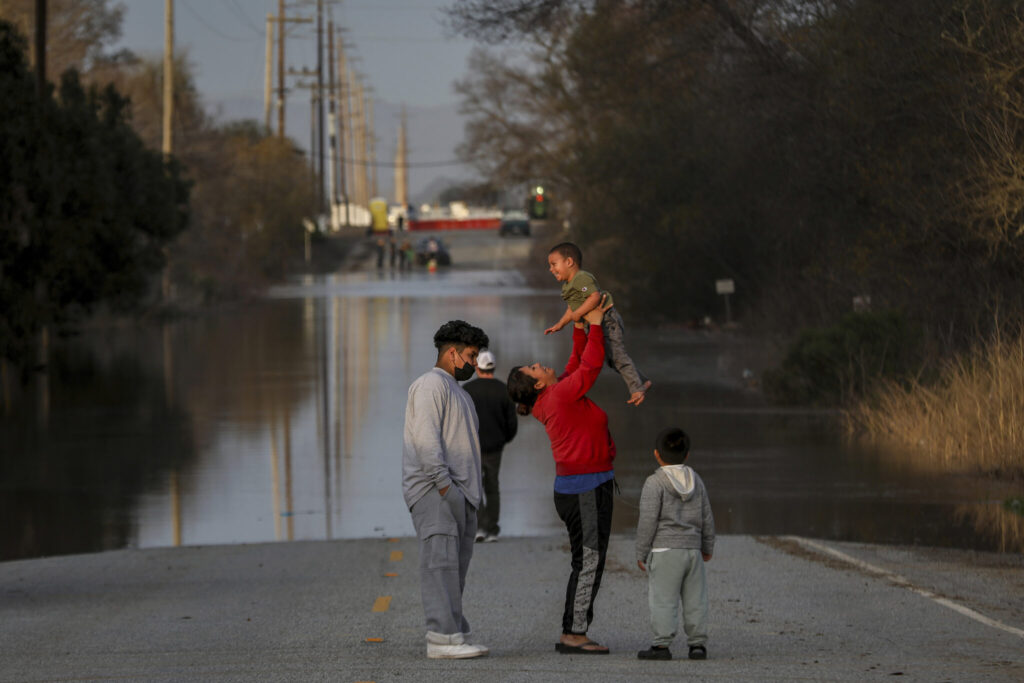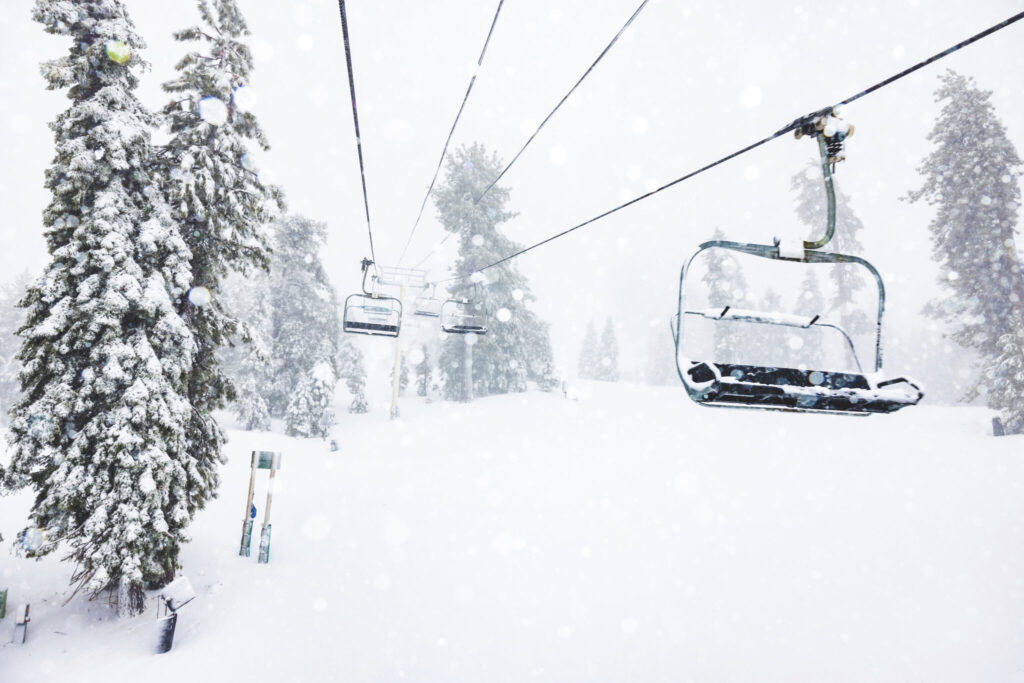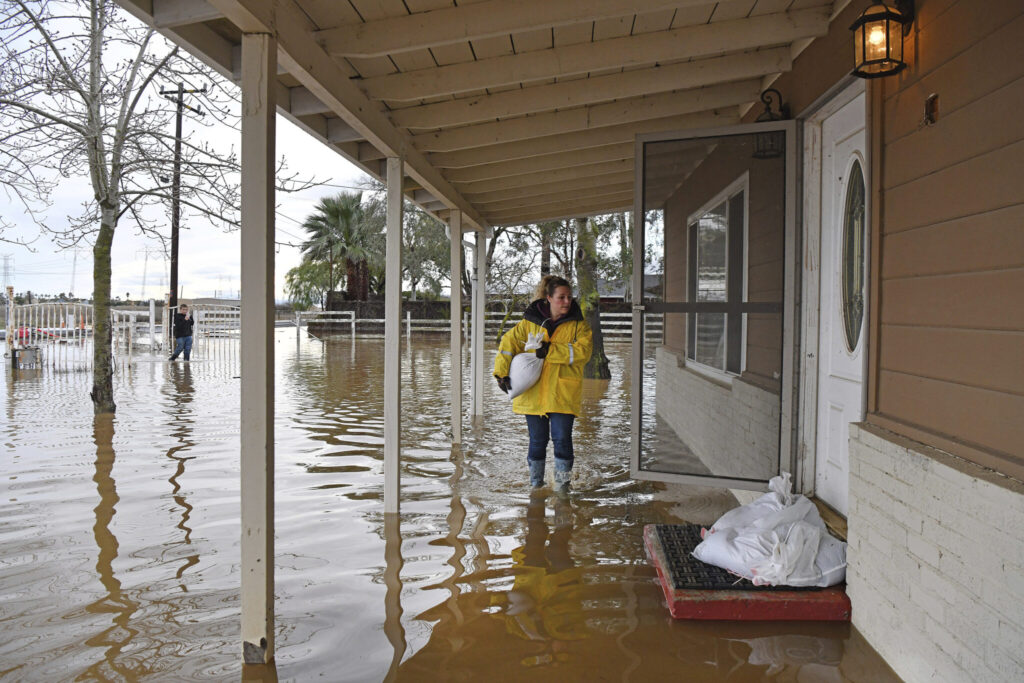The parade of atmospheric rivers that pounded California for three weeks finally faded on Tuesday, enabling the state to begin lengthy repairs to roads and levees as the White House announced President Joe Biden planned to survey the damage. The nine consecutive rainstorms that inundated California in succession since Dec. 26 killed at least 20 people while tens of thousands remained under evacuation orders. Governor Gavin Newsom said in an executive order that reinforced the state’s response to storm damage. The Associated Press has the story:
California weather calms; storm damage is extensive
Newslooks- LOS ANGELES (AP)
California’s weather was calmer Tuesday after weeks of atmospheric rivers that slammed the state with damaging rains, wind and surf that flooded homes, highways and farm fields, collapsed hillsides and toppled countless trees.
Tallying the damage will take time, but the number of homes and other structures that will be red-tagged as uninhabitable could be in the “low thousands,” said Brian Ferguson, spokesperson for the Governor’s Office of Emergency Services.
The damage is spread across 41 of California’s 58 counties, Ferguson said.
Light rain and snow showers lingered in some areas, but skies were finally largely clear.

A shot of precipitation from a quick system was predicted for Wednesday or Thursday, followed by a dry period, the National Weather Service said.
Forecasters cautioned that although the midweek rainfall will be light, it could be enough to cause problems because the state is so saturated.
Flood warnings remained in effect for the Salinas River in Monterey County and parts of Mariposa and Merced counties in the Central Valley.
Nine atmospheric rivers since late December have caused power outages, flooding, levee breaks, washouts and landslides. At least 20 people have been killed.
The amount of rain and snow has been staggering.

The San Francisco “water year” to date — since Oct. 1, 2022 — has recorded 21.75 inches (55.24 centimeters) of rain, making it the sixth-wettest water year on record, the National Weather Service said.
The amount of water in the snowpack covering the Sierra Nevada and other mountain ranges is more than 250% of normal to date and 124% of the April 1 average, when the pack is normally at its peak, according to the state Department of Water Resources.
President Joe Biden is planning to travel to California’s central coast on Thursday to visit areas that have been devastated by the extreme weather. The White House said in a statement Monday that the president would meet first responders and state and local officials, survey recovery efforts and assess what additional federal support is needed.







